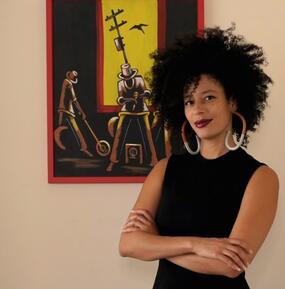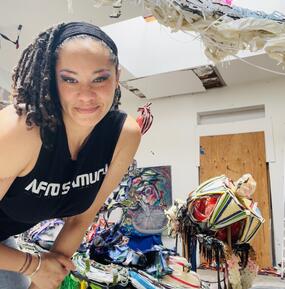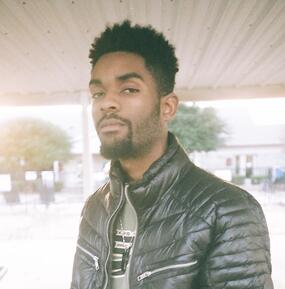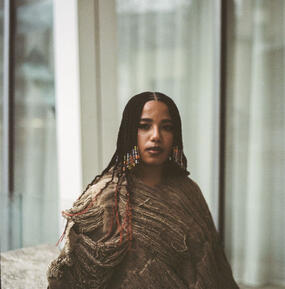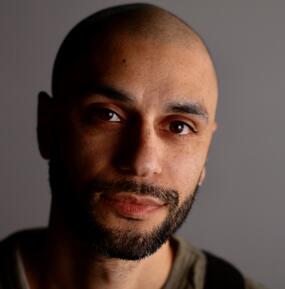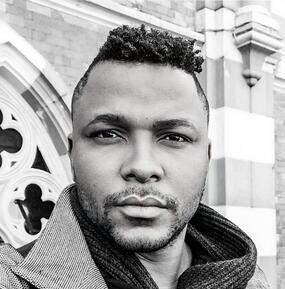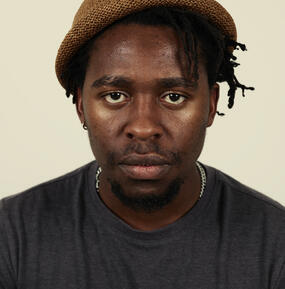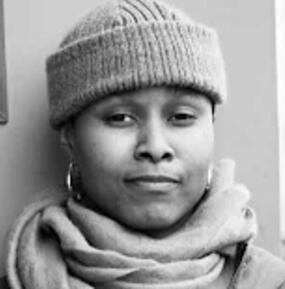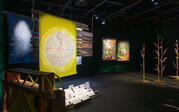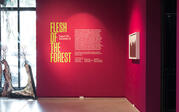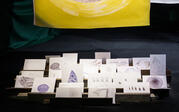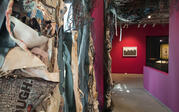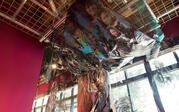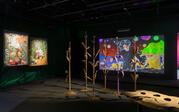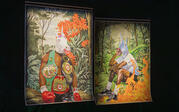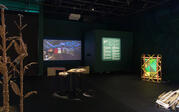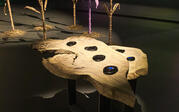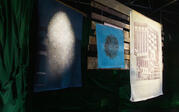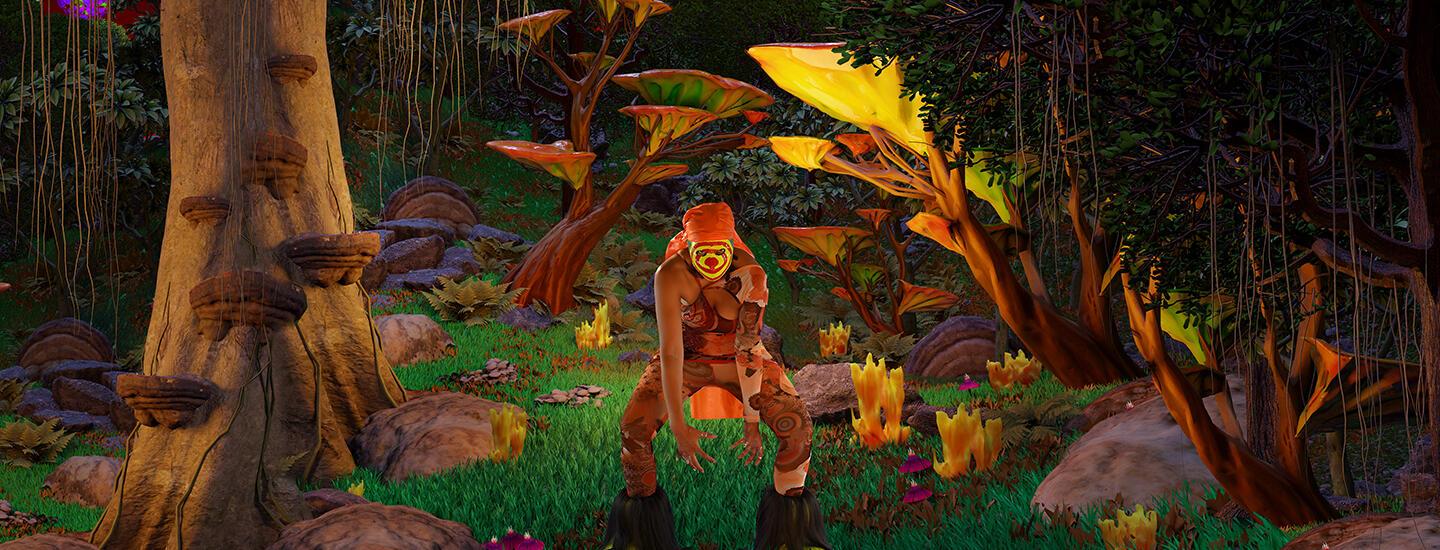
Flesh of the Forest brings together nine contemporary artists from the African diaspora whose work engages with the forest as a rich, multilayered site of history, memory, sensation, and feeling. Through sculpture, painting, film, and installation, the forest emerges as both a surreal landscape and a reservoir of ancestral knowledge where the visible and invisible coexist. In this exhibition, danger, whimsy, enchantment, vulnerability, abundance, and darkness precipitate alternate ways of seeing, hearing, being, and knowing that are at once historical, speculative, and ecological. The works on view also imagine new forms of human and nonhuman interaction that dispense with exploitative entanglements between empire and land.
Alicia Piller’s site-specific installation repurposes found objects from her urban hikes around Los Angeles into a sprawling canopy that envelops and transports visitors. Mario Lewis’ own retreat to the forests of Trinidad inspires his installation of abstract drawings, paintings, and found wood, melding molecular and material constructions of lines and concentric circles that, for the artist, map sustainable possibilities for collective living in the near and far future. Sydney Cain explores the relationship between Blackness and liminality, being and non-being. In the works on view here, part of their continuing project The Forest is the Water, Cain mobilizes darkness as both subject and palette, as does Jerome Dent, Jr., whose small black glass sculptures stand as markers for the body. The indentations and scars in the glass signify the various forms of danger and violence one might encounter in the forest, especially those for whom Black skin is a vulnerable surface and membrane.
Jonathan Barber and Simphiwe Ndzube are interested in unlikely characters. Barber’s fantastical, ornately rendered pastel drawings picture hybrid beings—part horse, part human—performing mundane actions—sitting, contemplating, frolicking, posing—amid lush yet otherworldly landscapes. Populated with unusual, amalgamated creatures and environs that are both real and unreal, Ndzube’s mythological universe merges the ‘post-apartheid’ South Africa of his youth with the gallery’s surroundings to highlight the shared realities of social, political, and ecological upheaval across geographies. In Reyson Velazquez’s world, the forests of Choco, Colombia are spaces of whimsy and fantasy. El Secreto del Rastro interlaces speculative fiction with ancestral histories to animate how hidden knowledge is preserved in Afrodiasporic communities and transmitted through sound, rhythm, and gesture.
Reuben Telushkin’s kinetic sculpture extends the elements of the forest to debates concerning land sovereignty and Black and indigenous freedom struggles in the U.S. and abroad. With its slow-turning gears and abstract imagery, Free the Land coordinates a symbiotic choreography of land, labor, and liberation that stretches from Detroit to Palestine. In her video Matter Gone Wild, Josèfa Ntjam weaves together gaming, cosmic imagery, mycelial networks, and boundless, abysmal environs of deep space and deep sea to coalesce a Black ecofuturism. Taken together, the works in Flesh of the Forest constitute alternative forms of life and living at and after the edge and end of the world.
This exhibition is curated by visiting curator Tiffany E. Barber, Assistant Professor of African American Art in the Department of Art History at UCLA.
Screen Reader Friendly Exhibition Guide
Image: Josèfa Ntjam, still from matter gone wild (2023). Courtesy of the artist.

